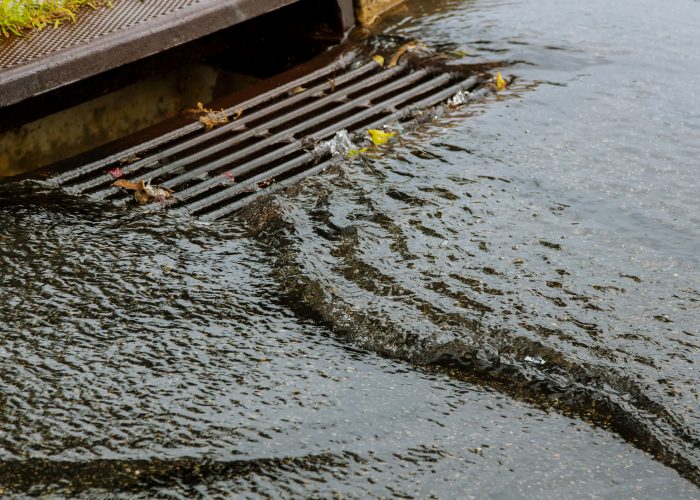LEDs are revolutionizing the world of lighting. With their energy efficiency, durability, longevity, and versatility, they offer greater benefits than traditional incandescent, fluorescent, halogen, and CFL bulbs. These benefits extend past traditional interior use, making LEDs preferable for any outdoor lighting application.
Why Install LEDs in Exterior Fixtures?
There are a variety of reasons as to why LEDs are the best choice for exterior lighting applications. The first of which is their energy efficiency. As electricity costs continue to rise, LEDs can provide much needed operational and maintenance savings for those looking to reduce costs. In addition, today’s LEDs last 25 to 30 times longer than fluorescent lamps, meaning that less labor is needed for replacement. While LEDs may have a slightly higher upfront cost than other bulbs, they can easily be justified by their lifetime savings.
In addition to efficiency and longevity, LED fixtures are incredibly durable. Enclosed in weather-proof housings, they can more easily withstand impact/vibrations from rain, winds, etc. They also operate well under a variety of environments, from damp and humid to frigid cold. Requiring temperatures greater than -4F (-20C) to start, they prove to be ideal for most locales.
Lastly, the lighting quality is superior to other types of fixtures. LEDs can turn on instantly, unlike traditional incandescent and halogen bulbs that need to time to warm up. LEDs are often brighter, making them a safe choice for use in outdoor situations where security is a priority. They even help to bring out more color in CCTV images, further enhancing security.
Is it difficult to upgrade to LEDs?
Upgrading to LEDs is often possible without installing a new lighting fixture. Most can be easily retrofitted. The key is to match the LED’s base with the fixture’s socket. But because LEDs now come in a wide range of sizes, wattages, and shapes, this is not too difficult. If current fixtures cannot be retrofitted, new LED fixtures can be installed.
Where do they work best?
LEDs are quickly becoming the energy efficient, high-quality lighting choice of schools, hospitals, and municipal buildings. Their improved performance under tough conditions, long life cycle, and low maintenance prove their advantage. A few examples of LED exterior applications include:
- Security lighting
- Parking lot/garages
- Wall packs/building lights
- Floodlights
- Traffic signals
- Street lighting
Costs for LEDs continue to decline, while their efficacies improve, broadening the applications for LEDs. If seeking a cost-effective, efficient lighting option for outdoor use, LEDs are the safe choice for any application.





